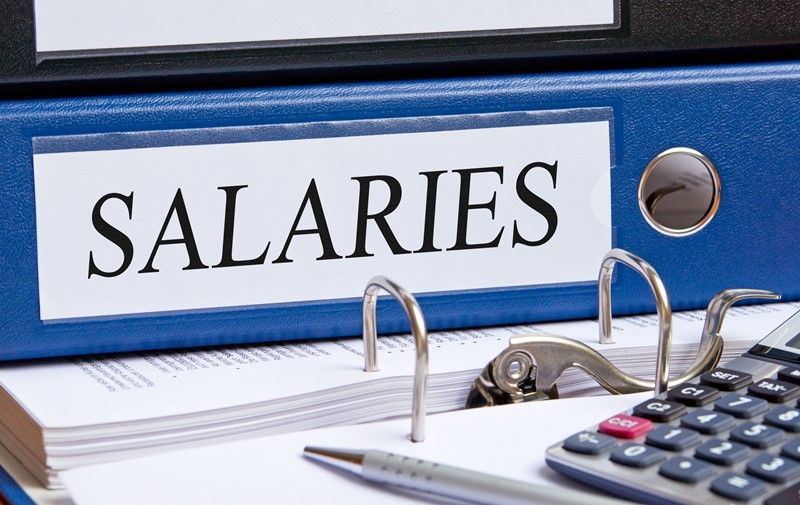Spring Statement 2025: Key Tax Measures and Modernisation Initiatives
Chancellor Rachel Reeves’ Spring Statement 2025, delivered on 26 March, arrived at a critical point for the UK economy. With the Office for Budget Responsibility downgrading growth forecasts to just over 1% for the year and borrowing costs climbing, the tone of the statement was more pragmatic than bold. The Chancellor focused on reforming the tax system, encouraging economic resilience, and driving public sector efficiency.
What she did not deliver is an easing of the Employers’ NIC and other business tax increases timed to commence April 2025.
Several key announcements were of direct interest to taxpayers, business owners, and advisers – especially those connected to tax compliance, digitalisation, and HMRC powers. Below is a summary and commentary on the most relevant developments.
Making Tax Digital: A cautious but firm step forward
The most significant administrative update was the proposed, phased extension of Making Tax Digital for Income Tax (MTD for IT). The new timeline will see sole-traders and landlords with income over £20,000 required to join from April 2028. Those earning less than £20,000 remain outside of the scope for now, though the door remains open for further inclusion after evaluation.
Key points:
- Quarterly digital updates will be required
- Use of MTD-compatible software is mandatory
- HMRC is promising better support, including for digitally excluded taxpayers
This longer runway reflects lessons from the somewhat bumpy rollout for VAT. Reeves has chosen to pair technology adoption with a broader simplification agenda, aiming to reduce burdens on small businesses. However, concerns remain that HMRC's own systems are not yet robust enough to support a seamless experience.
Comment: While the delay gives agents and taxpayers more time to prepare, the widening of the scope will demand strong communication and software readiness. The risk is that smaller landlords and sole traders will be hit by costs and confusion unless HMRC delivers better outreach and support tools than previously managed.
Closing in on promoters of tax avoidance
The government has published a consultation titled “Closing in on Promoters of Marketed Tax Avoidance,” targeting schemes that promise to artificially reduce tax liabilities. This builds on previous reforms but includes:
- New penalty models for scheme promoters
- The introduction of strict liability criminal offences for serial promoters
- Enhanced HMRC powers to publish names of enablers earlier in the process
- Measures to disrupt schemes at the planning stage, not just after the fact
This is part of a broader policy trend that shows HMRC is shifting focus from reactive enforcement to proactive disruption. The goal is to make the UK an increasingly hostile environment for tax avoidance outfits operating on the margins of legality.
Comment: There's a strong political consensus behind these moves. But care will need to be taken to avoid unintended effects on legitimate tax planning and professional advisory services. Many practitioners will welcome stronger action against cowboys but will be watching closely to ensure that standard commercial tax advice isn’t caught up in the dragnet.
Behavioural penalties reform
HMRC has launched a consultation on overhauling its behavioural penalties regime, which applies to errors in tax returns or failures to notify chargeability. The key aims are to:
- Simplify the rules, which are widely considered complex and hard to apply consistently
- Introduce clearer thresholds for when penalties apply
- Make penalties more proportionate and responsive to actual behaviour, such as whether a taxpayer took reasonable care
This is long overdue. The current system penalises errors and failures inconsistently, especially where reasonable care or human error can be demonstrated.
Comment: Most tax advisers will support efforts to make penalty regimes clearer and fairer. A shift towards a more education-first model could help reduce errors without overly penalising honest mistakes. The final shape of these reforms will depend heavily on the responses gathered during consultation.
Research and Development tax relief: Advance clearance proposals
The R&D tax relief regime continues to be a hot topic. While the merger of SME and RDEC schemes has already taken place, a new consultation explores the option of introducing advance clearances for R&D tax claims.
This could allow businesses to:
- Secure upfront agreement from HMRC on whether their projects meet R&D criteria
- Reduce the need for post-claim reviews and enquiries
- Improve certainty and reduce fraud and error, which have dogged the scheme
There’s no firm policy yet, but HMRC is clearly seeking a route to streamline processes and prevent abuse – especially after high-profile clampdowns on rogue advisers in the R&D claims space.
Comment: For legitimate claimants, this could be an excellent development. Knowing in advance whether work qualifies would save time, money, and stress. However, the devil will be in the detail: any advance clearance process must be accessible and efficient, or it risks becoming a bottleneck in its own right.
Better use of new and improved third-party data
Another forward-looking move is HMRC’s proposal to improve how it collects and uses third-party data under its bulk data-gathering powers. The aim is to:
- Expand sources of data that HMRC can draw upon
- Improve data quality and accuracy
- Use data more effectively to pre-fill returns, prompt compliance, and detect anomalies
Examples might include:
- Gig economy platforms providing earnings information
- Banks and payment processors offering transaction-level insights
- Real-time property income data from letting platforms
This is similar to pre-filling tax returns in some Scandinavian countries and could drastically improve tax administration if handled correctly.
Comment: As always, balance is key. The idea of reducing error through better data is sound, but privacy and data security must be front and centre. If HMRC starts collecting more data, it must also improve how it explains what it holds, and how it uses it.
Enhancing HMRC’s powers over non-compliant tax advisers
Alongside its focus on avoidance schemes, HMRC is consulting on tougher measures against tax advisers who facilitate non-compliance. This includes:
- New civil and criminal sanctions
- Expanding information powers to uncover hidden adviser-client relationships
- Public naming of advisers with track records of enabling tax avoidance
This aligns with a broader international trend towards holding professional enablers accountable, especially in high-value tax fraud cases.
Comment: While the vast majority of tax professionals are diligent and compliant, there’s an appetite within HMRC to weed out persistent offenders who enable grey-market schemes. The challenge is setting clear definitions so that robust, legal tax planning is not conflated with abusive avoidance.
Broader fiscal context and spending commitments
Outside of tax, the Spring Statement confirmed the government’s commitment to:
- A defence spending increase to 2.5% of GDP by 2027
- £3.25 billion for a new public sector transformation fund focusing on AI and tech
- Further work on the childcare and work incentives agenda to encourage people into employment
The welfare reform package – including changes to Personal Independence Payments and Universal Credit – has drawn criticism from some quarters, particularly disability rights groups. However, the Treasury is standing firm on needing to reduce what it calls "unsustainable welfare spending."
Final thoughts
Spring Statement 2025 didn’t deliver any dramatic tax rate changes or giveaways, but that was never likely. Instead, it focused on long-term system modernisation, stricter enforcement, and targeted reforms that could reshape how HMRC interacts with taxpayers and advisers.
For tax professionals and small business owners, the key takeaways are:
- The expansion of MTD for IT is real, though delayed
- Compliance standards are being tightened, with emphasis on behaviour and third-party data
- HMRC wants to be more proactive, both in stopping avoidance and in supporting legitimate claims, like R&D
- The next few years will require investment in systems, understanding of HMRC’s new powers, and ongoing engagement with consultations
None of these changes will happen overnight, but the direction of travel is clear: more digital, more data-driven, and more interventionist.




